Assessing Environmental Sustainability of Cartoon Neck Pillow Products
Sustainable Materials in Design
The environmental impact of products like the Cartoon Neck Pillow is increasingly important in today’s market. Many manufacturers are now focusing on using sustainable and eco-friendly materials to reduce the carbon footprint of their products. For example, some Cartoon Neck Pillows are made using organic cotton for the cover fabric, which is grown without the use of harmful pesticides or chemicals. Additionally, eco-friendly synthetic fibers are used for fillings, reducing the impact of traditional polyester and other non-recyclable materials. By selecting these environmentally conscious materials, manufacturers contribute to a greener and more sustainable future.
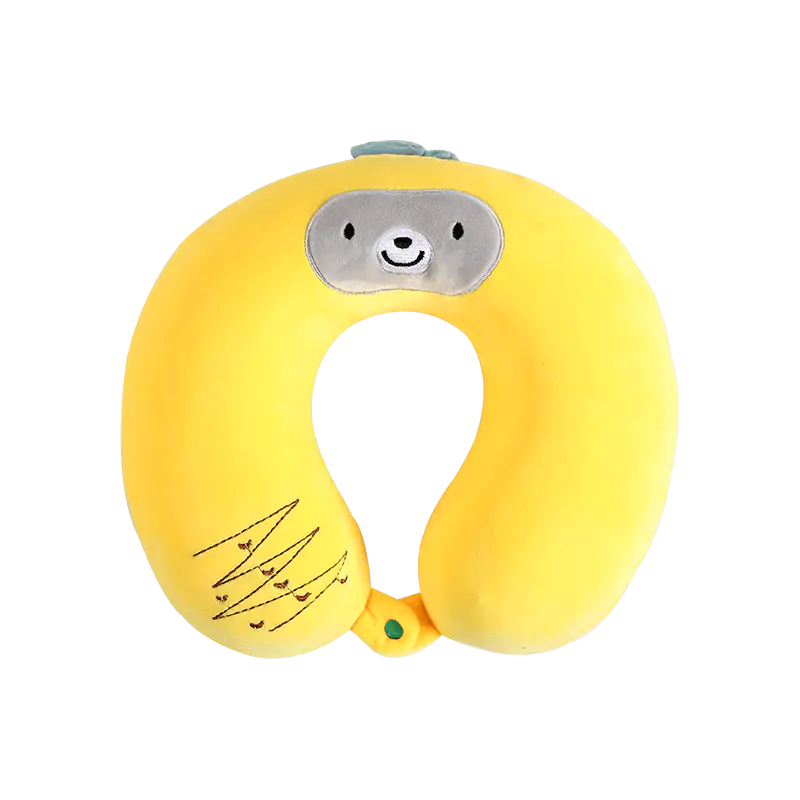
Recyclable and Biodegradable Components
One of the key factors that makes the Cartoon Neck Pillow more environmentally friendly is the recyclability and biodegradability of its components. Pillows made with natural fillings such as cotton or organic foam can be broken down by natural processes, reducing the waste that ends up in landfills. Even if the pillow reaches the end of its life cycle, the materials used are less harmful to the environment compared to synthetic alternatives. This ability to recycle or biodegrade is essential in reducing the long-term environmental impact of products and ensuring they don’t contribute to the growing waste problem.
Durability to Extend Product Life
A significant part of the environmental friendliness of the Cartoon Neck Pillow lies in its durability. When a product is made to last, it prevents frequent replacements and reduces waste over time. High-quality materials, such as memory foam and durable fabric, ensure that the Cartoon Neck Pillow withstands wear and tear, maintaining its structure and comfort over an extended period. By investing in a longer-lasting product, consumers can reduce the need for multiple purchases and the disposal of less durable alternatives, which contributes to waste reduction.
Eco-conscious Manufacturing Practices
Manufacturers of them are also adopting eco-conscious practices during the production process. This includes reducing energy consumption, minimizing waste, and limiting the use of harmful chemicals in the manufacturing process. Some factories have implemented water and energy-saving initiatives, while others prioritize eco-friendly packaging solutions, such as recyclable boxes or bags. These efforts are designed to reduce the overall environmental impact of the product from its creation to its delivery.
Minimalistic and Reusable Packaging
Packaging plays a critical role in a product’s overall environmental impact. Many Cartoon Neck Pillow manufacturers are now adopting minimalistic and reusable packaging. By using less plastic and opting for recyclable or biodegradable materials, companies can significantly reduce packaging waste. Additionally, some brands offer packaging that can be reused for other purposes, further promoting sustainability. This attention to eco-friendly packaging aligns with the growing consumer demand for environmentally responsible products.
The Growing Trend of Eco-friendly
As awareness about sustainability and environmental protection continues to rise, many consumers are seeking products that align with their values. The demand for eco-friendly items, including Cartoon Neck Pillows, is growing. By offering environmentally friendly designs, manufacturers cater to a more conscious consumer base, promoting sustainable living. Eco-conscious design is no longer just a niche market but a significant part of the mainstream product development process.
Conclusion
The Cartoon Neck Pillow, when designed with sustainability in mind, can significantly reduce its environmental impact. Through the use of sustainable materials, recyclable components, and eco-conscious manufacturing practices, these pillows offer a greener alternative to traditional products. Their durability, along with minimalistic packaging, further contributes to sustainability by reducing waste and encouraging long-term use. As the demand for environmentally friendly products continues to grow, it is a good example of how even everyday comfort items can embrace sustainability while maintaining their appeal and function.


 中文简体
中文简体 English
English Deutsche
Deutsche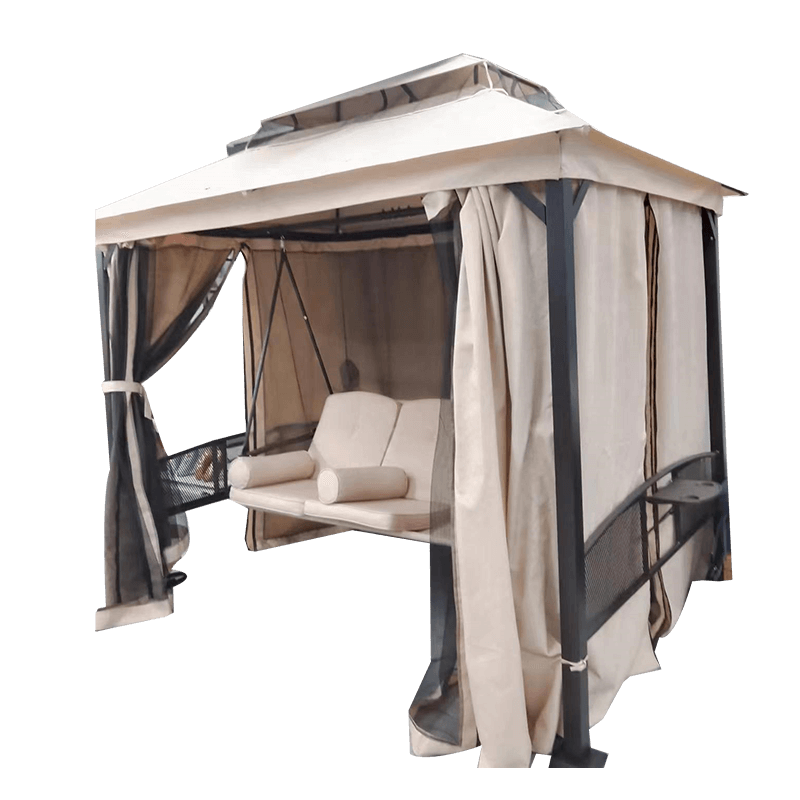
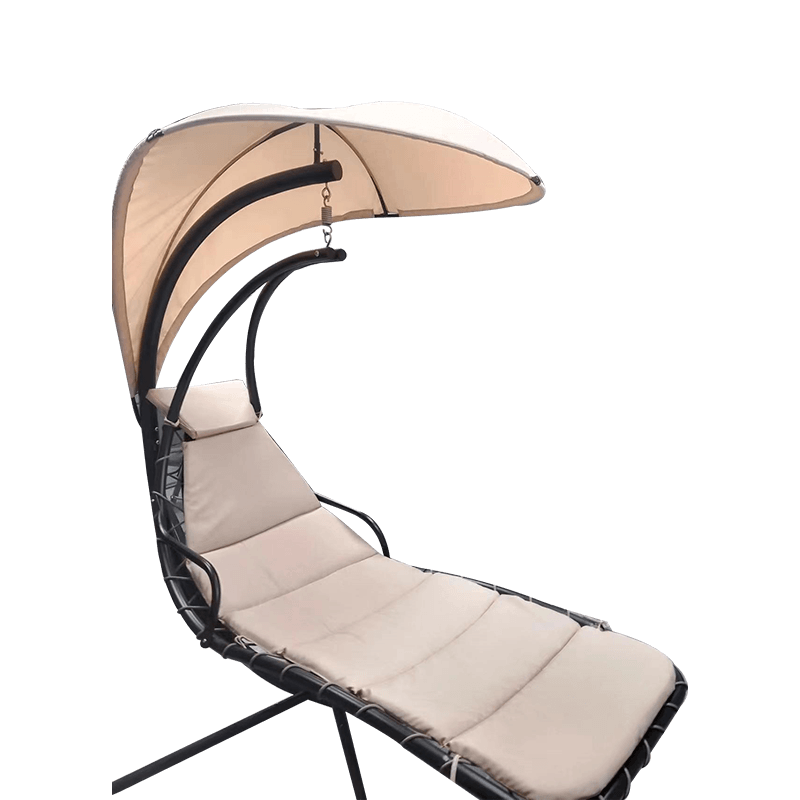
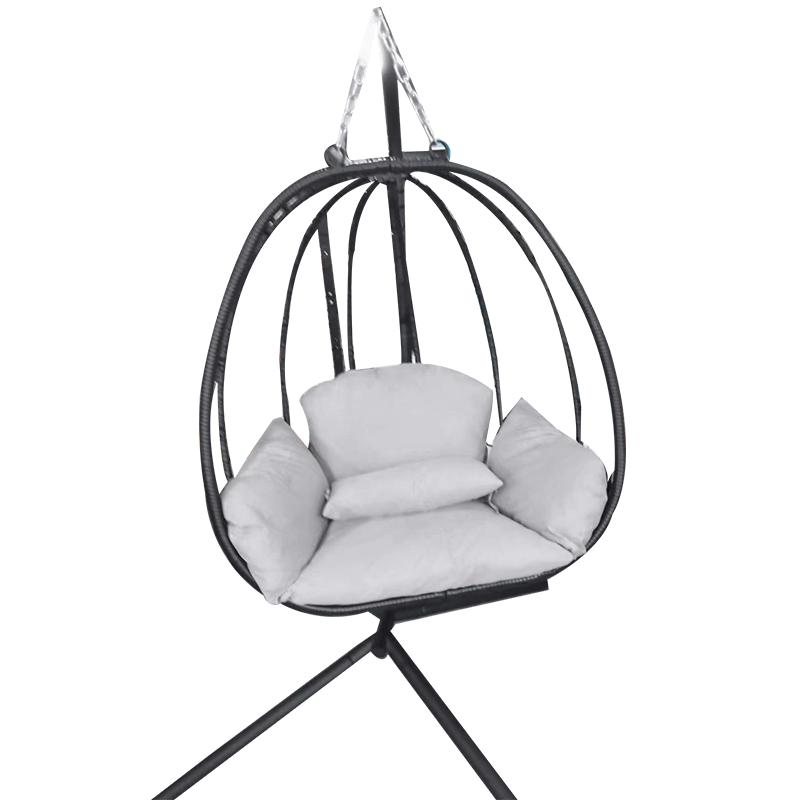
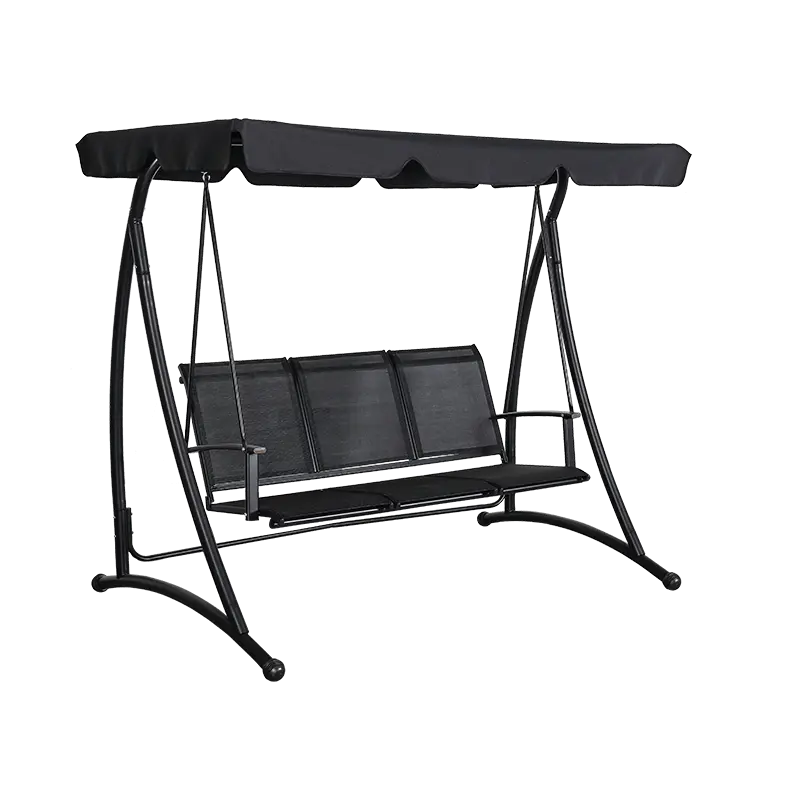
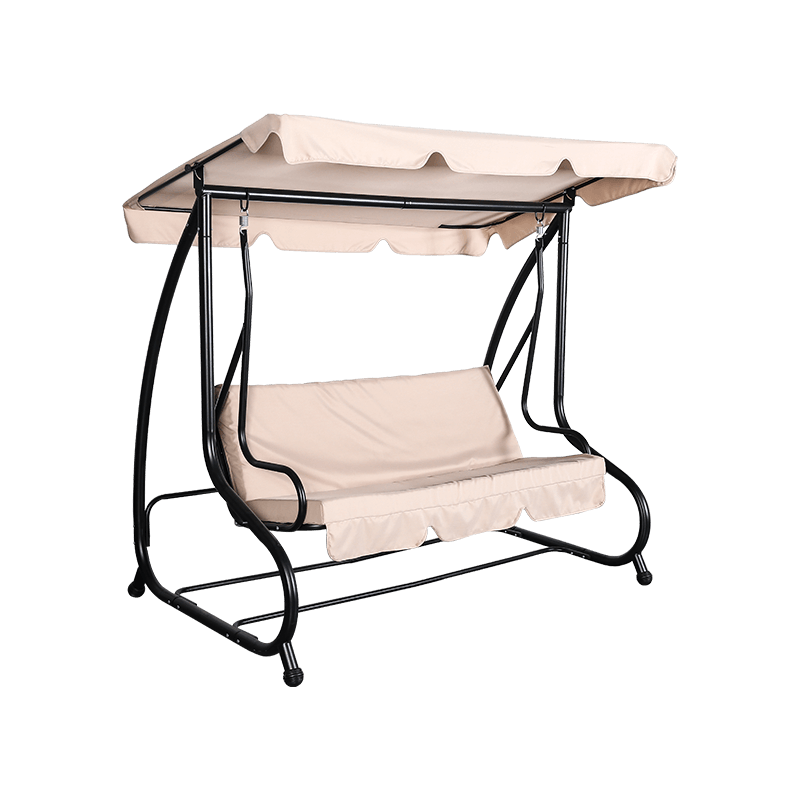

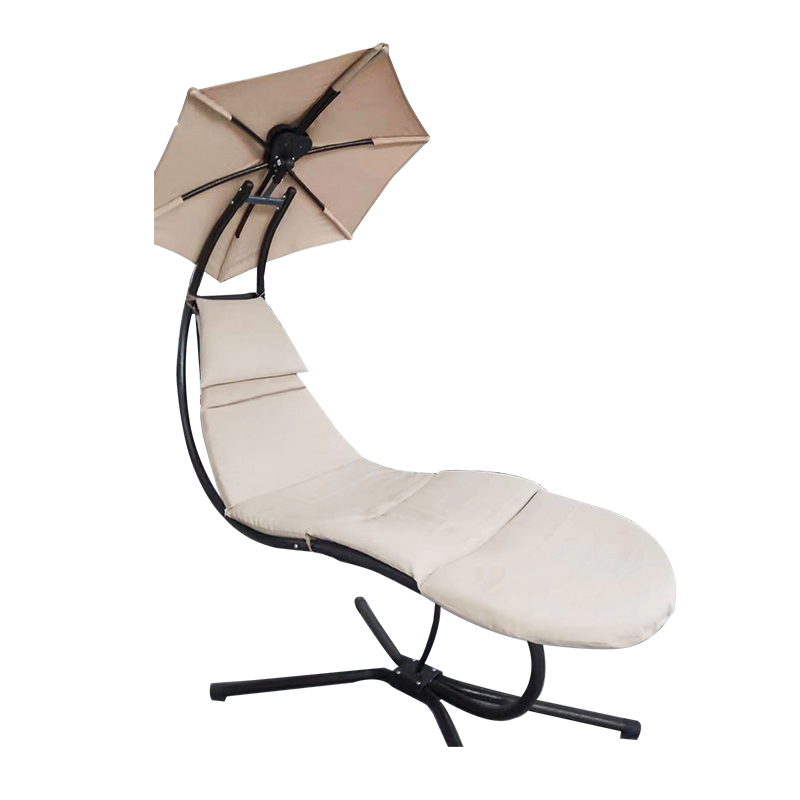
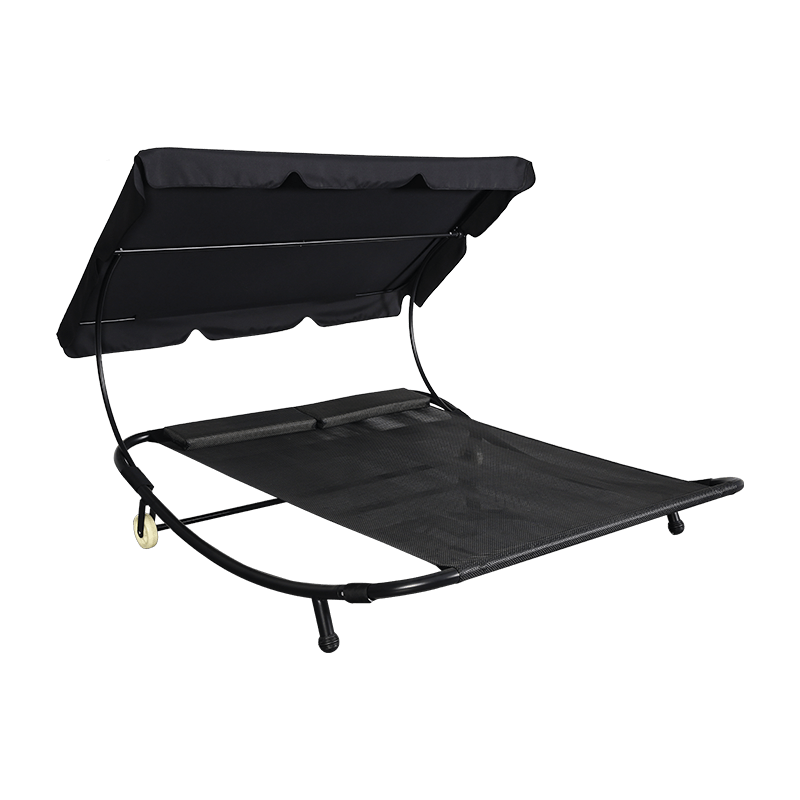

 Salesman1:
Salesman1: Shuanggang Industrial Park, Baishuiyang Town, Linhai City, Zhejiang, China.
Shuanggang Industrial Park, Baishuiyang Town, Linhai City, Zhejiang, China. 